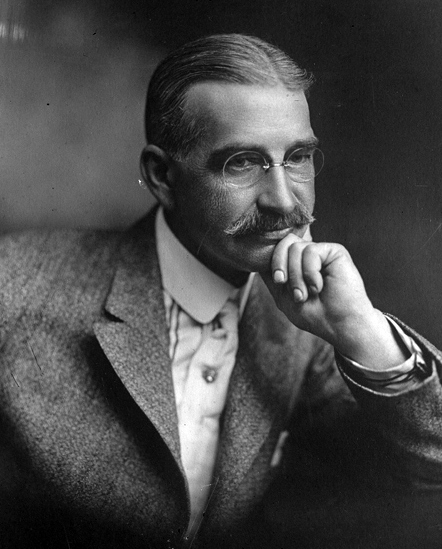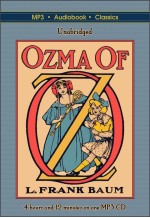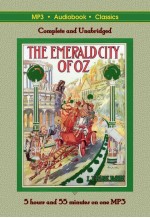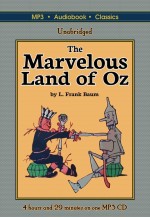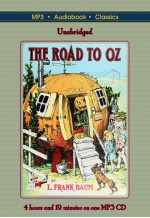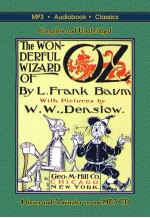L. Frank Baum
| L. (Lyman) Frank Baum (May 15, 1856 –
May 6, 1919) is best known as the author of The Wonderful Wizard of Oz.
He was born into a family of means in Chittenango, New York and raised
at Rose Lawn, the family estate. His early interest in writing was
encouraged when his father bought him a printing press, and he and his
younger brother Harry wrote and published produced several journals. |
Dorothy and the Wizard in Oz
Dorothy and the Wizard in Oz is the fourth in the Oz series of books written by L. Frank Baum. Illus..
$9.99
Ozma of Oz
Ozma of Oz (1907) was the third in the Oz series of books by L. Frank Baum and the first that is set..
$9.99
The Emerald City of Oz
The Emerald City of Oz (1910) is the sixth in the series of Oz books by L. Frank Baum. We lear..
$9.99
The Marvelous Land of Oz
The Marvelous Land of Oz is the second of L. Frank Baum's Oz books and the sequel to The Wonderful W..
$9.99
The Road to Oz
The Road to Oz is the fifth of L. Frank Baum's Land of Oz books. Published in 1909, it recount..
$9.99
The Wonderful Wizard of Oz
The Wonderful Wizard of Oz is the first in the series of fourteen novels recounting the adventures o..
$9.99

